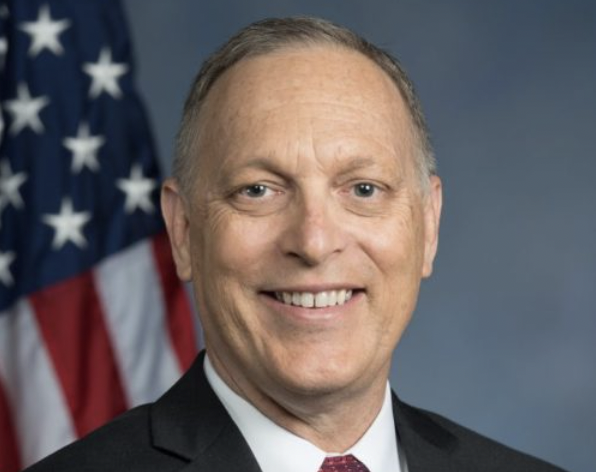The ongoing controversy over the Bureau of Alcohol, Tobacco, Firearms and Explosives (ATF) using facial recognition software to identify gun owners has raised the ire of the head of the U.S. House of Representatives House Judiciary Subcommittee on Crime and Federal Government Surveillance.
U.S. Rep. Andy Biggs, R-Arizona, sent a letter to ATF Acting Director Kash Patel on March 27 demanding information about the agency’s use of facial recognition software and artificial intelligence (AI) to “identify gun owners.”
“As Chairman of @JudiciaryGOP’s Subcommittee on Crime and Federal Government Surveillance, I’m asking @Kash_Patel for documents on ATF’s potential abuse of facial recognition technology to surveil law-abiding gun owners,” Rep. Biggs posted on X. “I will always defend Americans’ right to privacy.”
According to a recent Government Accountability Office (GAO) report, ATF has access to “various facial recognition systems including Clearview AI,2 Vigilant Solutions, and other systems owned by other federal, state, local, tribal, or territorial law enforcement agencies” and “conducted at least 549 facial recognition searches on gun owners” over a two-and-a-half year period.
“The Subcommittee has concerns about ATF’s use of facial recognition and AI programs and the effects that its use has upon American citizens’ Second Amendment rights and rights to privacy,” Biggs’ letter stated. “Recent studies detail how federal agencies, including ATF, have improperly implemented facial recognition technology. A June 2021 report from GAO confirmed that ATF used facial recognition owned by outside entities and, at that time, lacked any established mechanisms ‘to track what non-federal systems with facial recognition technology are used by [ATF] employees to support investigative activities’ and ‘to assess the risks of using such systems, including privacy and accuracy-related risks.’”
Rep. Biggs and his subcommittee are also concerned that recent reports that ATF has discontinued use of facial recognition software might not be accurate.
“GAO reported that, as of April 2023, ATF ‘had halted’ its use of facial recognition services. A recent report by Senator Ron Johnson on the July 2024 attempted assassination of President Trump in Butler, Pennsylvania, however, revealed that ‘ATF was apparently requesting … photos of [the shooter] for facial recognition purposes.’ This information raises concerns about whether ATF continues to possess and potentially use facial recognition technology despite ATF’s claims to the contrary.”
Biggs and his subcommittee presented Patel with a list of requests for information they wanted to receive from the ATF. The list included all documents and communications between ATF and commercial facial recognition technology service providers referring or relating to ATF’s use of facial recognition technology, all internal ATF documents and communications, including memoranda, between ATF headquarters officials and agency field offices referring or relating to the use of facial recognition technology and all documents and communications between the ATF and any non-federal law enforcement agency or department, including state, local, tribal, territorial and nongovernment entities, referring or relating to the use of facial recognition technology.
The Congressman gave Patel and the ATF until April 10 to provide the requested documents.
Read the full article here
